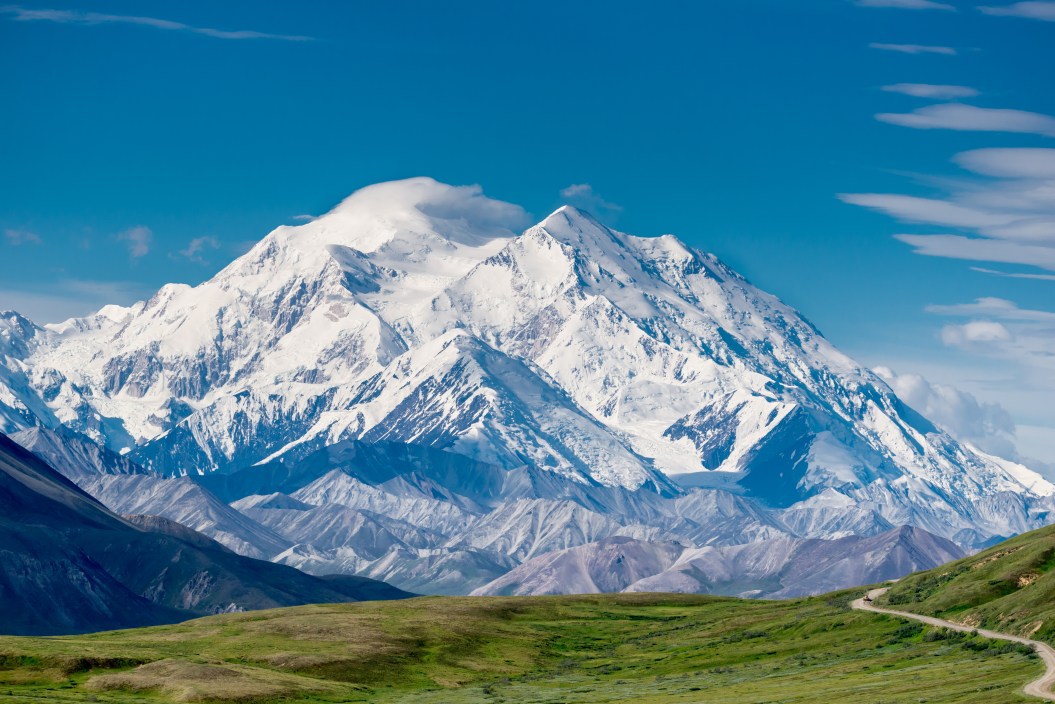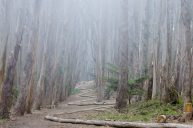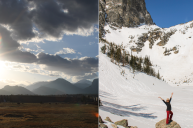National parks are known for being wonderful places to spending time outdoors, but with adventure comes a risk of danger. Kühl, an outdoor clothing company, recently released an in-depth analysis of the US national parks to determine which were the safest and, conversely, which were the deadliest national parks—and the results may surprise you.
The study analyzed the most dangerous parks by assessing overall fatalities, the number of missing persons, and the number of search and rescue missions. Among causes of death, they found:
- Falls were the leading cause of death, accounting for over 20% of fatalities.
- Next highest: Medical issues, drowning, and then motor vehicle accidents.
- Wildlife incidents only accounted for 0.4% of deaths (though we still recommend keeping your distance from the bison in Yellowstone).
Perhaps the most striking revelation from Kühl's study was the gender disparity among fatalities: A whopping 74% of fatalities in national parks are among males, while only 19.5% are of females.
Luckily, even if you are a man with a tendency to slip, the chances of you dying in a national park are only 1 in 664,099 across your lifetime. You're safer in a national park than walking down a street, where the odds are 1 in 485 across your lifetime that you'll die after being hit by a car. You're also safer hiking in the wilderness of a national park than you may be eating in one: The odds of choking to death are about 1 in 2,659, according to Statista.
All that is to say that, even in the most dangerous national parks, you still are likely safer than you are going about your day-to-day life. To reduce your risk even further, make sure you do your research before heading out on any hike, whether in a national park or not. Pack plenty of food and water, and make sure you have the proper layers for the weather. If you are frequently in the backcountry, carry a satellite communication device and consider taking a wilderness first aid or wilderness first responder course. The better prepared you are, the safer you'll be, and the more you'll enjoy your trip to one of the US's beautiful national parks.
In the meantime, here are the most dangerous parks in the U.S.
10. Mount Rainer National Park, Washington
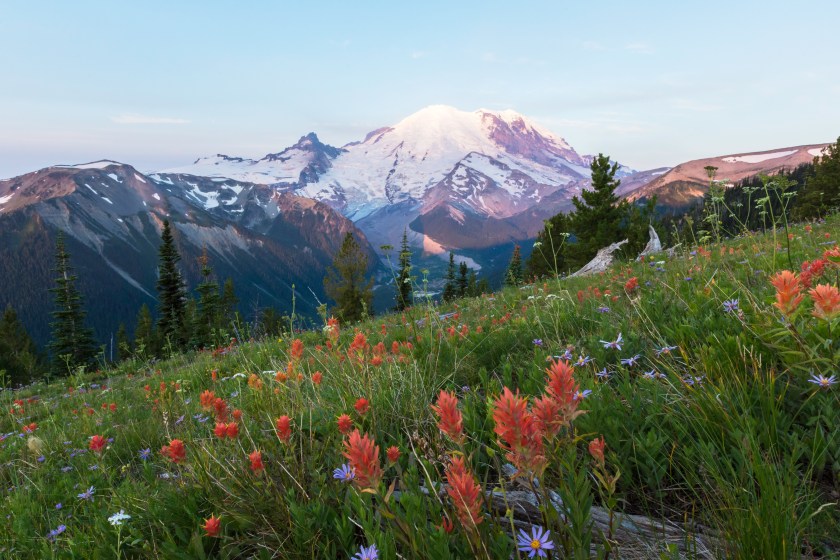
Getty Images, Justinreznick
Mount Rainier National Park, just south of Seattle, Washington, is named after Mount Rainier, a 14,000-foot volcano. Besides this massive, active volcano, the park is home to beautiful wildflowers, the largest alpine glacier system outside of Alaska, and an extensive cave system. It ranks tenth on the list of the top ten deadliest parks, with 69 deaths from 2007 to 202 and 298 search and rescue missions from 2012 to 2022. With just over 1 million visitors in 2023, there is a 1 in 317,494 chance of dying within the park.
Weather is unpredictable in the park and the glaciated, alpine terrain can be difficult to navigate. Exposure and falls are common causes of death. Mountaineering is inherently dangerous, and Mount Rainier is a common mountain for new climbers to cut their teeth. Many deaths have happened to both inexperienced and experienced climbers due to avalanches, falls, and exposure. In 2014, six climbers died in a single accident after falling 3,300 feet off the north side of Mount Rainer.
Despite the hazards, the park is a beautiful place that is well worth a visit, either for the wildflowers or the incredible glaciers. Be prepared for all weather, particularly rain, and don't venture into terrain you're not comfortable on. If you want to climb Mount Rainier, there are plenty of local guide services that offer guided trips.
9. Guadalupe Mountains National Park, Texas
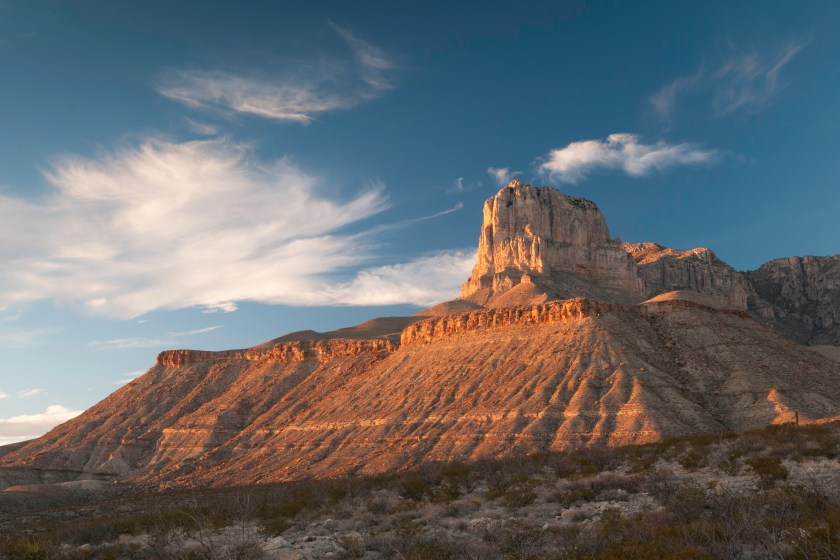
Getty Images, RobertWaltman
Guadalupe Mountains National Park in western Texas is home to the world's most extensive Permian fossil coral reef and the four tallest peaks in the state. It also barely squeaks onto Kühl's top ten deadliest parks list, with 6 deaths from 2007 to 2020 and 89 search and rescue missions from 2012 to 2022. The Guadalupe Mountains had 243,000 visitors in 2021, and visitors have a 1 in 514,969 chance of dying.
Guadalupe Mountains National Park contains both high mountains and deserts, and visitors are at risk of heat exposure and falls. Motor vehicle accidents also account for many of the fatalities.
Despite the risk, the park is well worth the visit to climb Texas' highest peak, check out the fossilized reef, and soak up the beautiful, severe landscape. Just make sure you pack plenty of water, take your time on the steep rock trails, and drive safely.
8. Kings Canyon National Park, California
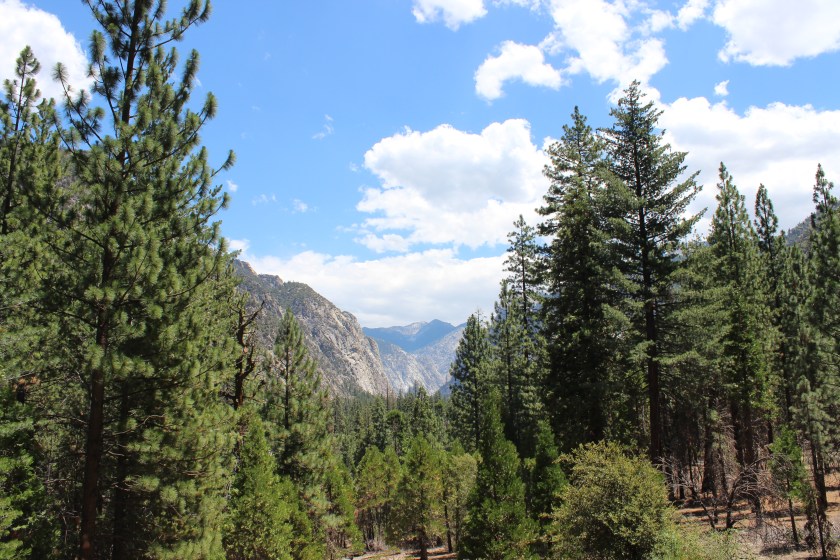
Getty Images, Tim_Lescinski
Kings Canyon National Park in California is known for its sequoia trees. Located next to Sequoia National Park, Kings Canyon is home to some of the biggest trees, including the General Grant tree, the second-largest sequoia in the world. It's also one of the most dangerous national parks, with 45 deaths between 2007 and 2020 and over 1,000 search and rescue missions between 2012 and 2022. There were 560,000 visitors to Kings Canyon in 2021, and visitors have a 1 in 220,653 chance of dying in the park.
While Kings Canyon is mostly known for its tall trees, the park has an incredibly diverse landscape that also includes mountains, canyons, and caverns. Many of the park deaths have been due to the extreme weather, including blizzards in the winter, and high elevations of the park. Make sure you check the weather before venturing too far into the park, and if you are heading to high elevations, be prepared with plenty of warm layers, food, and water.
7. Denali National Park & Preserve, Alaska
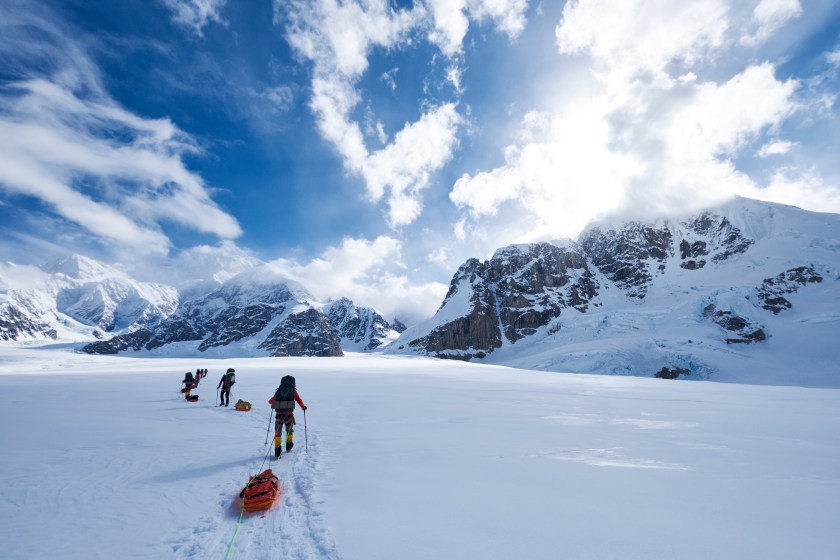
Denali National Park and Preserve in Interior Alaska is home to the tallest mountain in North America, as well as enormous glaciers, swathes of alpine tundra, and everything from grizzly bears to wolves to caribou. It makes the top 10 deadliest parks list with 64 deaths between 2007 and 2020, with a 1 in 119,725 chance of dying. There were 244 search and rescue missions between 2012 and 2022.
The park's visitation numbers are high for an Alaskan national park, with 427,563 visitors in 2022. Luckily, there are also an incredible 52 park rangers to help visitors, with dedicated climbing rangers for those visitors looking to climb America's highest peaks.
While you may be most concerned with a bear attack if you visit Denali National Park, there has only been one fatal bear attack in the park's history. Most deaths in Denali are due to extreme weather and the risks that come with mountaineering and climbing: avalanches, crevasse falls, and hypothermia.
The park is remote and mostly void of official trails, so before heading to Alaska make sure you have a lot of remote, trail-less hiking experience. If you're interested in mountaineering, check out guide services like Alaska Mountaineering School, which offers mountaineering courses for beginners.
6. Big Bend National Park, Texas
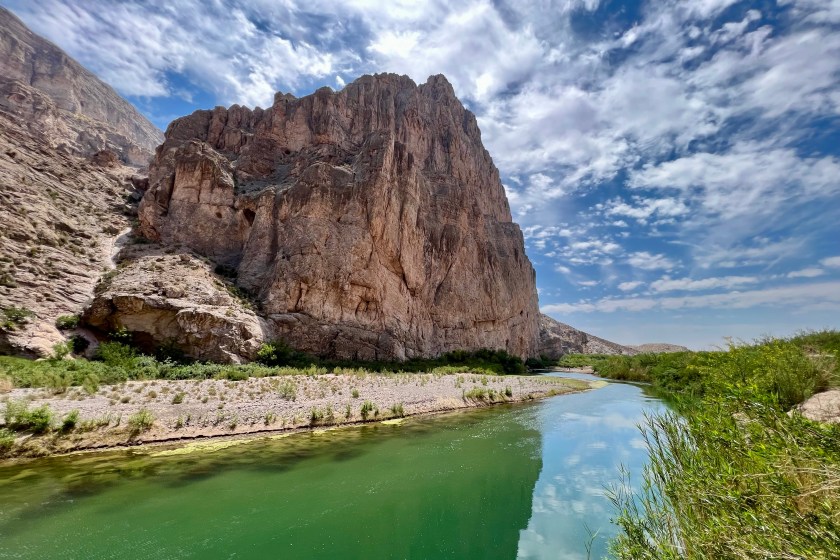
Getty Images, Different_Brian
Big Bend National Park in Texas is essentially three parks in one, featuring the Chisos Mountains, the Chihuahuan Desert, and the incredible Rio Grande. It's also a very remote park that is prone to huge swings in temperature and fiesty wildlife like javelinas and rattlesnakes to contend with.
According to Kühl, in Big Bend, there were 31 deaths between 2007 and 2020, 266 search and rescue missions between 2012 and 2022, and only 18 park rangers. Visitors have a 1 in 218,565 chance of dying there.
Once relatively unknown, visitation to Big Bend has increased significantly in recent years, with 511,831 visitors in 2023, and with good reason. The national park has it all: amazing hiking trails, river rafting, and incredible history, from prehistoric Native Americans to Mexican settlers, to ranchers and miners. It's also accredited by the International Dark Sky Association, and has the least light pollution of any national park in the Lower 48, making it the perfect place for stargazing.
If you do visit, carry plenty of water, know where you are going, and keep an eye out for rattlesnakes while hiking.
5. Dry Tortugas National Park, Florida
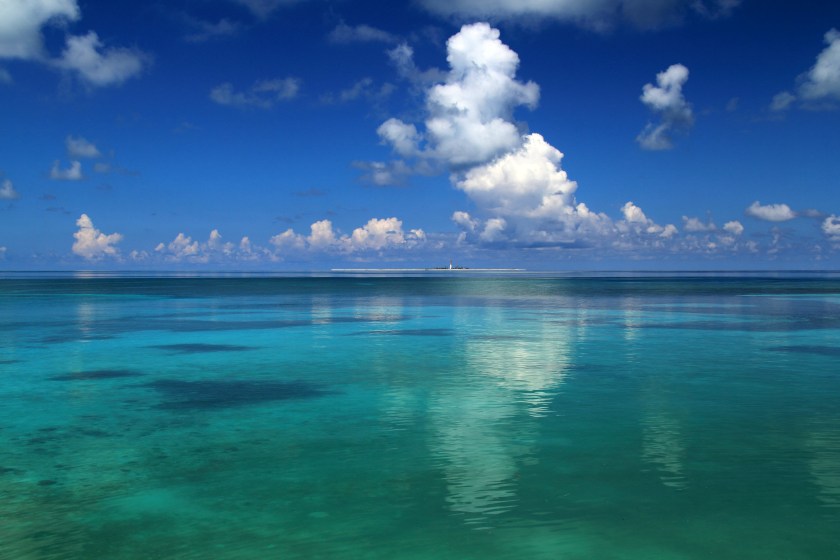
Getty Images, Wilsilver77
Nearly 70 miles west of Key West, Florida is a small cluster of seven islands created of coral reefs and sand, known as Dry Tortugas National Park. With incredible snorkeling, white sand beaches, and turquoise water, Dry Tortugas may sound like heaven on earth. But it's also one of the most dangerous national parks, with 6 deaths between 2007 and 2022, and a 1 in 184,070 chance of dying. While there were only 11 search and rescue missions between 2012 and 2020, there are also only 2 park rangers on the remote islands and no nearby hospitals.
Most of the deaths in Dry Tortugas happen in the water.
If you do visit, and plan on swimming or snorkeling, make sure you never do so alone. Use a life vest and don't stray too far from shore; there are no lifeguards on duty at Dry Tortugas. If you plan on kayaking, ensure that you can self-rescue and, again, always wear a life vest. Despite its tropical-paradise appearances, the Dry Tortugas can experience extremely rough seas. Check the weather before you head out into the water.
4. North Cascades National Park, Washington
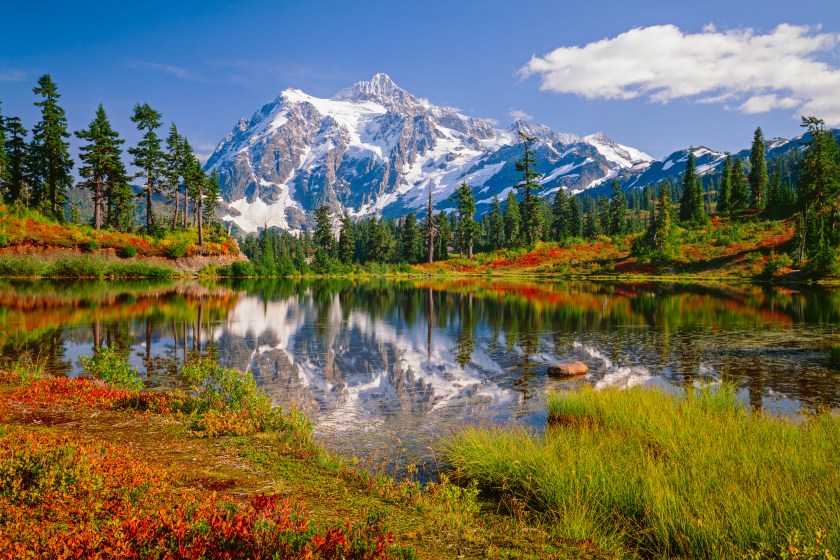
Getty Images, dszc
The North Cascades National Park in northern Washington is known for its incredible glaciers, evergreen forests, and alpine wildernesses. It's also known for historically having the highest death rate of the national parks. With 24 deaths between 2007 to 2022, there is a 1 in 18,149 chance of dying. There were also 216 search and rescue missions between 2012 and 2020.
North Cascades National Park is extremely remote for the Lower 48 and, unlike many other parks, you can enter North Cascades parks without a park pass. Because it is so remote and lacks the infrastructure and services of other national parks, it doesn't attract a lot of day-hikers and tourists. Instead, climbers, mountaineering, trail runners, and backpackers flock to the park, which is known for its rugged, glaciated terrain. The average visitor to the North Cascades is engaging in more dangerous activities than in, say, Yellowstone and the park is known for volatile weather and unstable rock, which increases the risk.
If you do want to visit the North Cascades, consider a day hike or, if you're interested in rock climbing or mountaineering, hire a professional guide from the American Alpine Institute, which has worked in the North Cascades for years.
3. Isle Royale National Park, Michigan
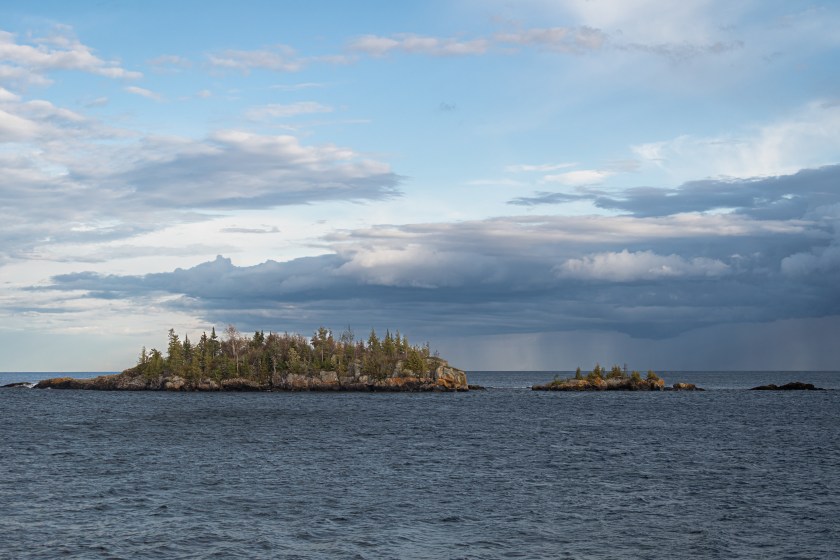
Getty Images, doug4537
Isle Royale National Park in Michigan is one of the least visited parks in the US, with only 29,059 visitors in 2023. Located in Michigan's Upper Peninsula, the park is only open half the year and is accessible by ferry, seaplane, or boat.
Despite how few visitors it gets, the park is the third deadliest according to Kühl, with a 1 in 163,035 chance of dying there. Two people died there between 2007 and 2022, however, there were 69 search and rescue missions between 2013 and 2020 alone.
The islands of Isle Royale, including Manitou Islands, are incredibly isolated and are known for their rugged, remote wilderness. The national park is home to moose, wolves, beavers, and foxes, making it a great place for wildlife viewing.
Hike, canoe, or kayak through the park—just make sure you are prepared for unpredictable weather and, if you're going on the water, have a lifejacket and are familiar with kayaking or canoeing.
1. Grand Canyon National Park, Arizona
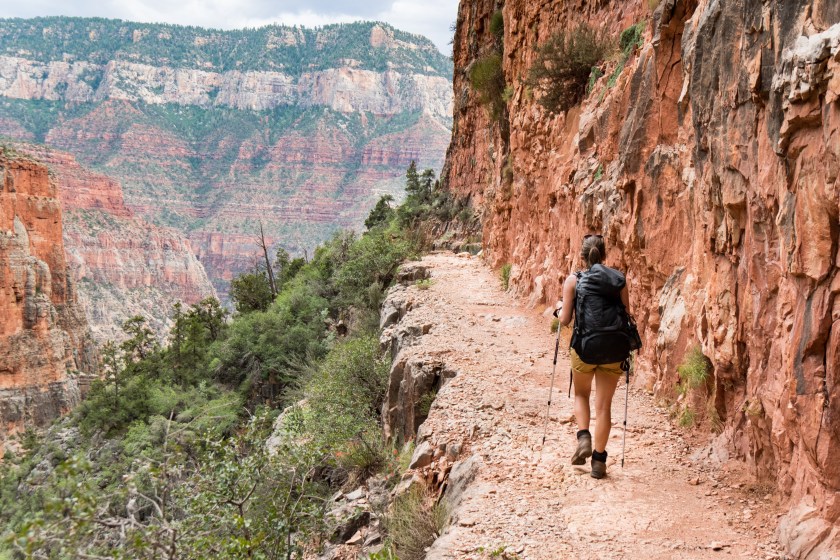
Getty Images, Markus Faymonville
Grand Canyon National is known for its vast vistas, beautifully colored cliffs, and incredible geography. The national park had 4.7 million visitors in 2023, making it the second-most visited national park in the US—but it's also the deadliest, with 1 in 503,000 visitors at risk of dying.
Now, this top rank is likely in part because the park is so popular, increasing the odds. According to the study, the Grand Canyon had 165 deaths between 2007 and 2023 and there were 1,629 search and rescue missions between 2013 and 2020.
The Grand Canyon is massive and incredibly deep. Many visitors overestimate hikes down into the canyon and struggle with the heat, dehydration, and exhaustion. The entire park is also literally cliffs; several visitors have fallen to their deaths from the park's viewpoints.
If you're planning a visit to the Grand Canyon, make sure you pack plenty of water, research each hike's mileage and elevation gain carefully, and give any ledges a healthy distance.
Also 1. Wrangell-St. Elias National Park & Preserve, Alaska
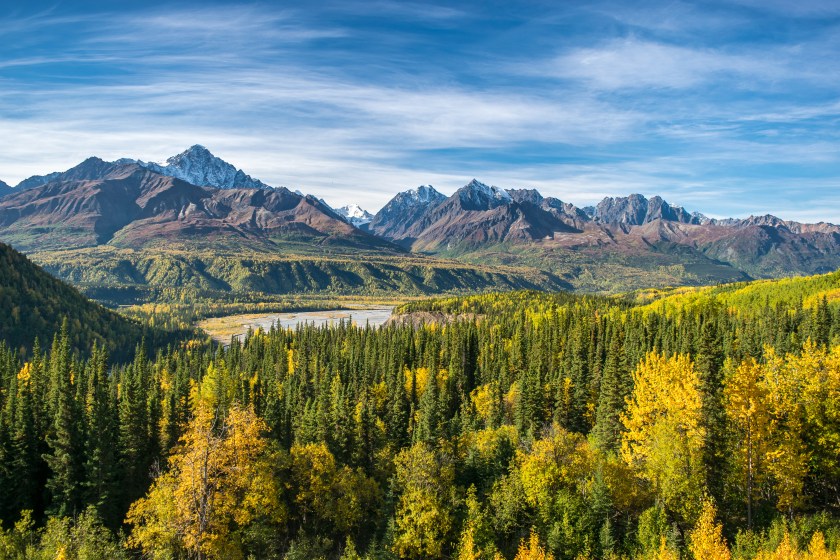
Getty Images, Cappan
Tied for the deadliest national park is one you may not have heard of: Wrangel-St. Elias National Park and Preserve in Alaska.
According to the analysis, nine people died in the park between 2007 and 2023, with 50 search and rescue missions between 2013 and 2020. While that may seem small compared to the Grand Canyon, only 65,000 people visited the park in 2022. Based on Kühl's data, there's a 1 in 126,904 chance of dying in the park.
According to Carrie Wittmer, the Public Affairs Officer at Wrangell-St. Elias, "The environment in Alaska presents numerous challenges for visitors, whether you're flying your own plane here, engaging in hunting activities, or crossing rivers during backcountry trips." The main causes of death are drowning (often during stream crossings), hypothermia, and avalanches.
Wrangell-St. Elias National Park and Preserve is also by far the biggest national park in the US, bigger than Yellowstone National Park, Yosemite National Park, and Switzerland—combined. It's also incredibly remote, with very little cell service and only two roads in the entire park (both gravel) and much of the park is only accessible by bush plane. There are only 10 park rangers overseeing the entire park and help is very far away.
Wrangell-St. Elias is home to an incredible array of volcanoes, glaciated terrain, and tundra, as well as grizzly bears, wolves, and moose.
Don't get us wrong—this park is a stunning example of Alaska's remote wilderness and is well worth a visit. Just make sure you are an experienced backcountry hiker before you head into the park or, better yet, hire a professional guide to help keep you safe.
READ MORE: The Closest National Parks for Every State Without One
